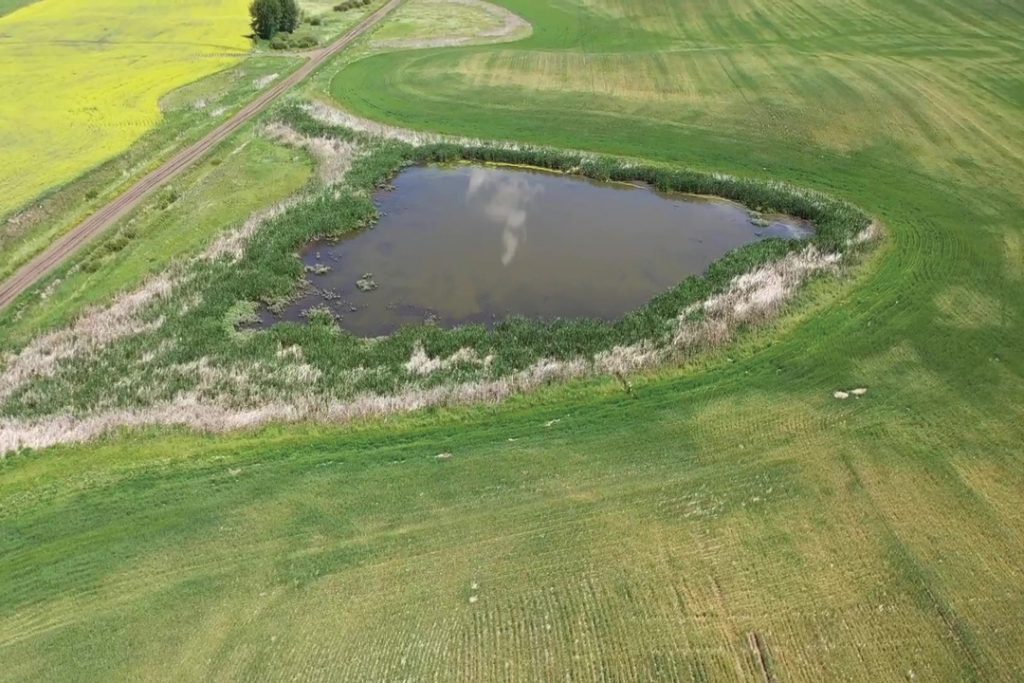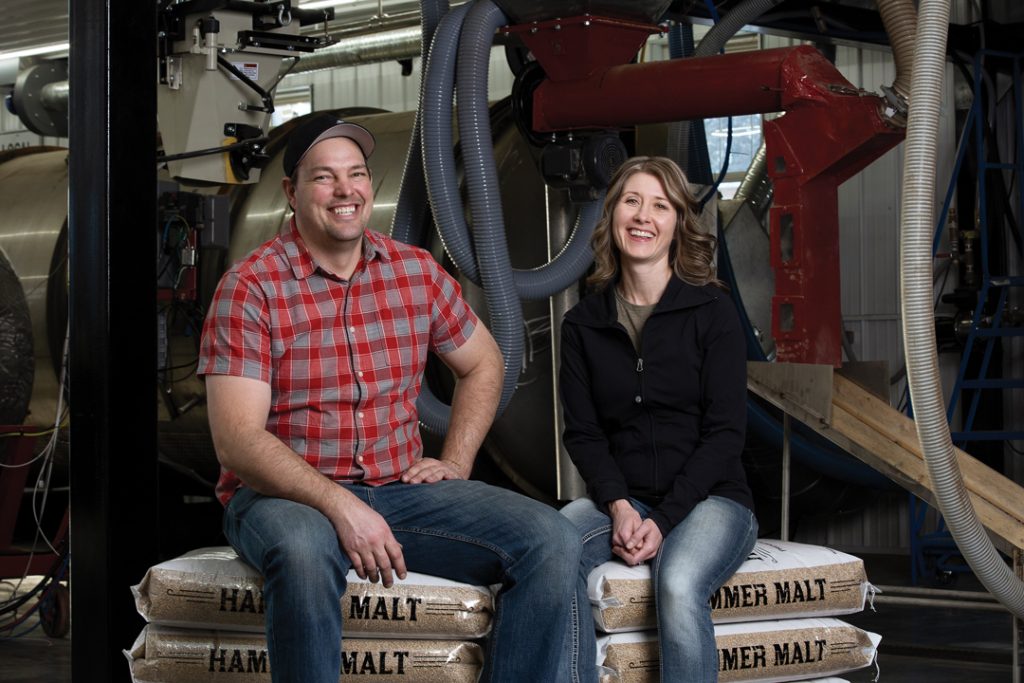TAKE CARE
An industry-led organization formed in 2018, AgSafe Alberta works with farmers and ranchers to improve the safety of their operations. GrainsWest spoke with Jody Wacowich, the organization’s executive director, about the launch of FARMERS CARE, a farm safety program that will eventually feature four bite-sized levels.













